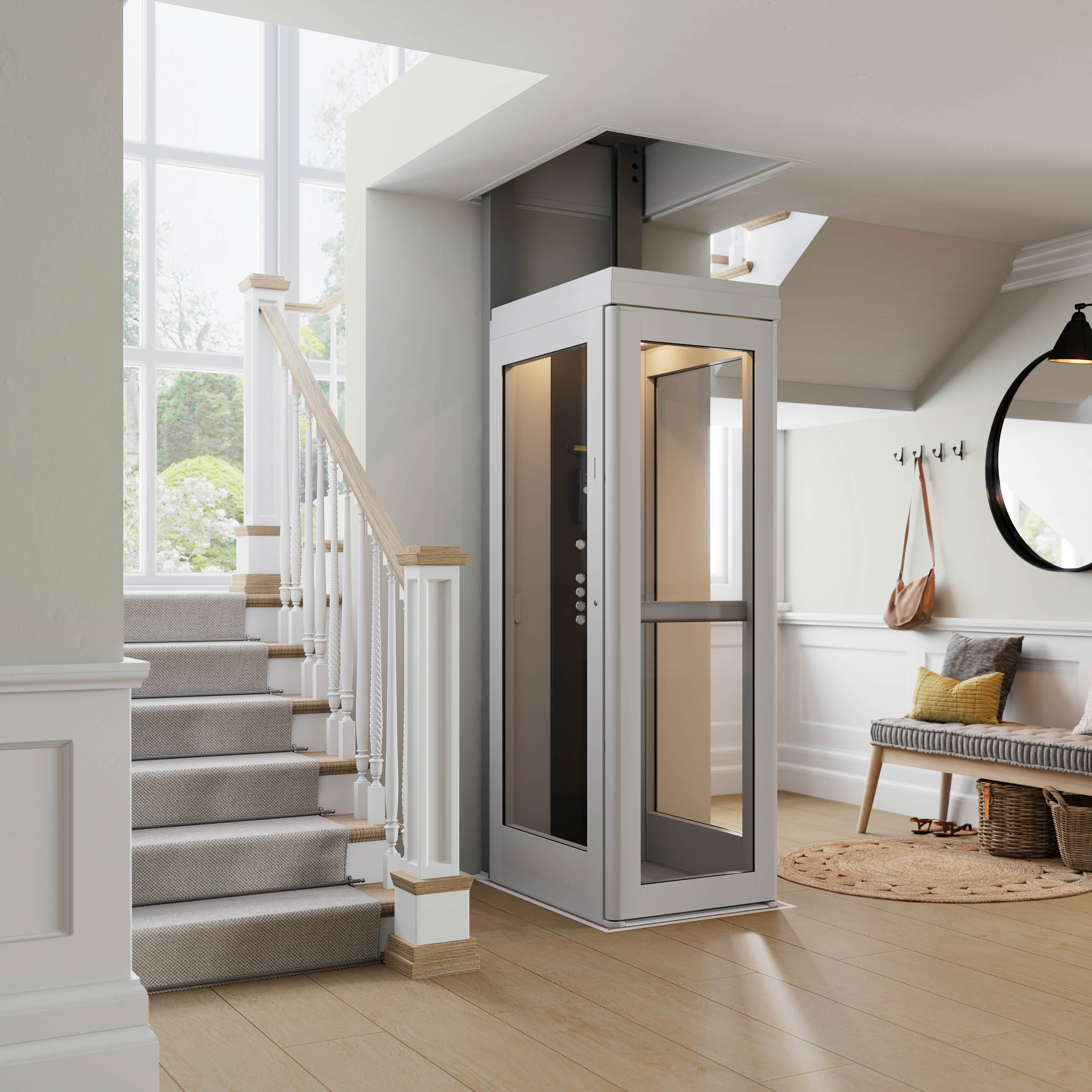
In recent years, home elevators have transitioned from a luxury feature to an essential addition in modern homes. Once associated with grand estates, these versatile systems are now widely recognized for their practical benefits, accessibility, and style. Let’s explore the reasons behind the popularity of Home Elevator and how they’re shaping the future of residential architecture.
1. Why Home Elevators Are Gaining Popularity
A home elevator enhances convenience, particularly for multi-story homes where moving between floors can be a hassle, especially for individuals with mobility challenges. But beyond accessibility, home elevators are now appreciated for their ability to elevate the aesthetics of a home. Homeowners are drawn to the elegance that these systems can bring, combining function with form to create spaces that are both practical and visually stunning.
- Enhanced Mobility: For families with elderly members or individuals with mobility impairments, home elevators are a game-changer. They allow easy access to all parts of the home, supporting a more independent lifestyle.
- Future-Proofing Homes: Installing a home elevator is an investment in a home’s future. As families grow and homeowners age, elevators provide lasting functionality that makes living in the same home over time more comfortable.
- Boosting Property Value: Homes with elevators tend to have higher resale values, as they appeal to a wider range of buyers who value accessibility and modern design.
2. Design and Aesthetic Appeal of Modern Home Elevators
Today’s home elevators aren’t just functional; they’re stylish design elements that complement modern architectural aesthetics. Whether sleek glass, minimalist steel, or rich wood finishes, home elevators are designed to integrate seamlessly into a home’s overall look.
- Variety of Styles and Finishes: Home elevators now come in various styles, allowing homeowners to select options that fit their decor. From modern minimalism to classic elegance, there’s a range of customizable designs to suit every taste.
- Compact and Space-Efficient Designs: Advanced technology allows for compact elevators that fit even smaller spaces, making them ideal for homes of all sizes.
- Integration with Home Interiors: With options to match interior decor, home elevators can blend into the environment, adding sophistication without taking away from other design elements.
3. Improving Safety and Accessibility at Home
A significant benefit of adding a home elevator is the improved safety it provides. For households with children, elderly family members, or individuals with disabilities, an elevator can reduce the risks associated with staircases. Modern elevators are equipped with advanced safety features, ensuring smooth and secure transport between floors.
- Child and Elderly-Friendly: Elevators eliminate the need for stairs, reducing fall risks for young children and elderly individuals.
- Emergency Safety Features: Most modern home elevators include emergency stop buttons, backup power, and alarm systems for added peace of mind.
- Increased Accessibility: Home elevators open up homes for people with mobility challenges, enabling them to navigate between floors independently.
4. Environmental and Energy Efficiency Advances
Sustainability is now a key consideration in home design, and home elevators have evolved to reflect this trend. Eco-friendly technology is available, making elevators more energy-efficient and environmentally friendly.
- Low Energy Consumption: Many modern elevators are designed to use minimal electricity, which helps reduce energy bills and environmental impact.
- Advanced Engineering: Hydraulic, pneumatic, and cable-driven systems are available, each offering different benefits for efficiency and sustainability.
- Minimal Construction Requirements: Compact and shaftless models require less structural modification, making them a feasible option for eco-conscious homeowners.
5. The Future of Home Elevators in Architecture
As the demand for home elevators continues to rise, they are becoming a standard feature in architectural plans. Architects and designers recognize the importance of accessibility in contemporary homes, which has led to more innovation in elevator design. In fact, home elevators are now considered an investment that enhances both lifestyle and property value.
- Integration in Building Plans: Architects increasingly design homes with elevators in mind, ensuring they are both functional and aesthetically pleasing.
- Smart Technology Integration: Some home elevators now come with smart technology features, such as touchless controls, voice activation, and remote monitoring.
- Innovative Materials and Design Trends: The future of home elevators includes materials like tempered glass and lightweight aluminum, which offer strength while creating a modern look.
Conclusion
Incorporating a home elevator is more than just adding convenience—it’s a commitment to accessibility, style, and value. As modern architecture continues to evolve, Home Elevator are emerging as essential features that not only improve mobility but also contribute to the aesthetics and appeal of a home. With customizable designs, energy-efficient options, and advanced safety features, a home elevator offers a practical solution for modern living.
Embrace the convenience and elegance of a home elevator to make your home a sophisticated, accessible, and future-ready space.